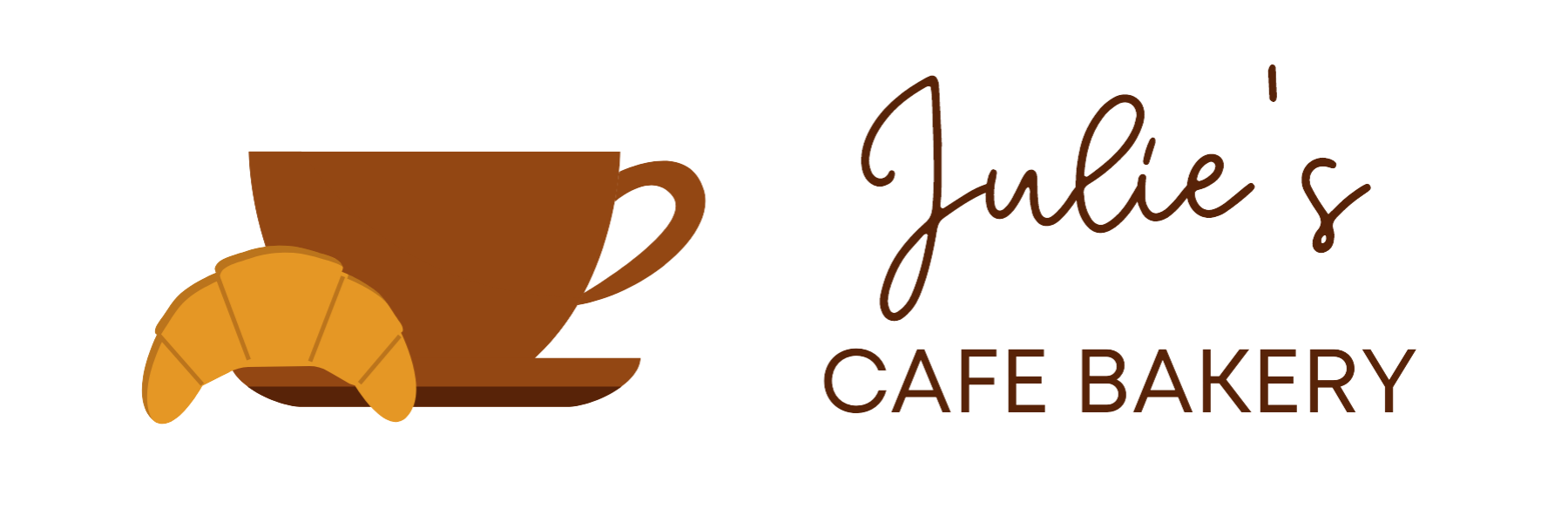4 Fixes for Too Much Butter in Bread Dough
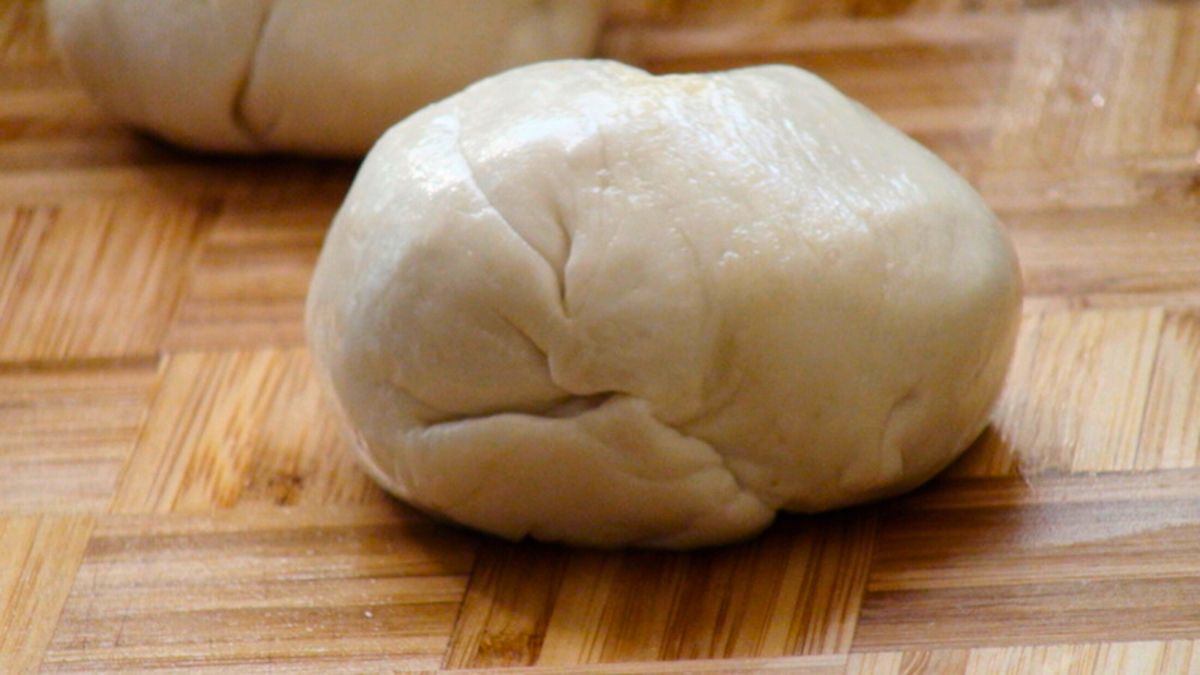
Have you ever gotten a little butter-happy and realized you added way too much butter to your bread dough only when it was too late? I have, earlier today, in fact. My dough is currently resting in the fridge. The worst thing I could’ve done is despair! Here are a few tricks to fix the problem and still end up with a light, fluffy loaf of homemade bread. So, how do you fix too much butter in bread dough?
Add more flour to absorb excess fat in bread dough, distribute the butter by kneading thoroughly, or try to refrigerate the dough and let it rest before baking. Another option is to reduce the other liquid ingredients that go into the dough.
After all that kneading and waiting, the last thing you want is bread that’s too heavy or greasy from excess butter. But don’t despair — with some patience and simple fixes, you’ll be well on your way to light, airy bread in no time. So grab your apron, dust off your hands, and dive back into that dough!
What Happens if You Put Too Much Butter in Bread Dough?
If there’s too much butter, the dough won’t come together and will remain greasy. It won’t knead well or rise properly. The bread may end up dense, flat, and greasy. Not very appetizing!
When I first started baking bread, I didn’t realize how easy it was to mess up. Too much butter in the dough can cause some issues, but the good news is there are a few easy fixes.
How to Fix Too Buttery Bread Dough?
Did your butter fingers slip and add too much of it to the bread dough? Don’t worry, I’ve been there. As an avid home baker, I’ve learned a few tricks to fix excessively-buttered dough.
While too much butter isn’t ideal, don’t despair! With some tweaking, you can still bake a great loaf of bread. Live and learn, right? Next time, I’ll be sure to measure carefully. Practice makes perfect!
Add More Flour to Absorb Excess Fat
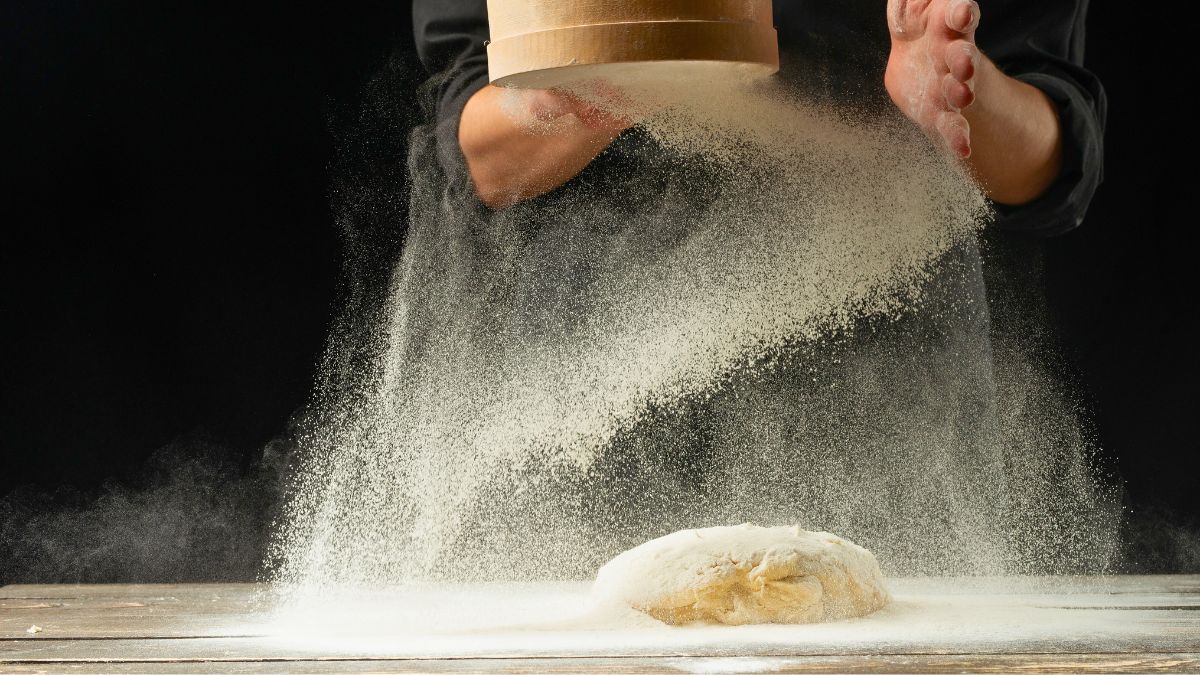
As you add butter to the dough, the fat prevents gluten from forming, inhibiting the dough from becoming elastic. Adding flour helps combat this by absorbing more of the fat, allowing the gluten to develop properly so your bread can rise.
Sprinkle in extra flour one tablespoon at a time, kneading after each addition until the dough is no longer greasy and becomes cohesive. You want it to feel slightly tacky but not sticky. Be very careful not to add too much flour, or your bread may become dense.
Check on your dough in 10-15 minutes to see if the flour has been fully absorbed before proceeding with the recipe.
You can also work in some bread crumbs as they will also absorb the excess grease. Add 1/4 cup at a time and knead until the dough is smooth and no longer sticky.
Refrigerate and Rest: Letting Gluten Develop Over Time
One option is to refrigerate the dough for at least 30 minutes to firm up the butter. This makes the dough easier to handle and the butter less likely to melt out during shaping and proofing. As the dough chills, the gluten will continue to develop, strengthening the structure.
When you remove the dough from the fridge, briefly knead it to distribute the butter before shaping it into a loaf. Let the dough sit at room temperature for 10-15 minutes to warm up enough to shape easily.
The chilling and resting period will help the dough hold in the excess butter as it proofs and bakes. You may need to increase the baking time by a few minutes to account for the cold dough entering the oven.
This solution works best if you only add a tablespoon or two too much butter. Chilling the dough may only partially fix the issue for larger excesses, and the bread may end up greasy. But for slight overages, letting the gluten develop over time in the fridge is an easy solution to try before starting over or throwing in the towel.
Reducing the Liquids
Reducing the amount of liquid is one of the easiest ways to balance out too much butter in the dough. Remove 1-2 tablespoons of liquid from every tablespoon of extra butter from the recipe. So, if you accidentally added an additional 1/2 cup of butter, reduce the milk, water, or other liquid by 1/4 to 1/3 cup.
Mix the dough as usual and check the consistency. It should feel slightly stiff but still pliable, like soft clay. If it still feels too wet and sticky, sprinkle in additional flour, one tablespoon at a time, until it comes together. Be very careful not to add too much flour, or the dough could become dry and crumbly.
The key is making minor adjustments gradually. You can always add more, but you can’t take it out!
Knead Vigorously to Distribute the Butter
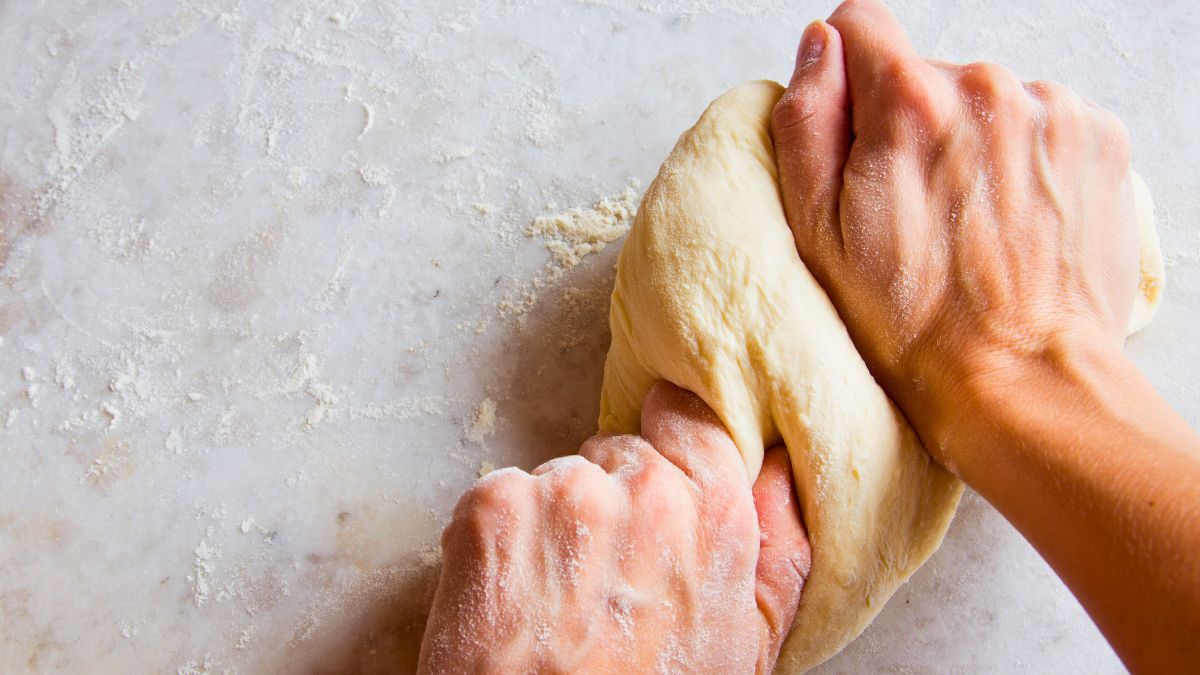
One of the most straightforward solutions is to knead the dough thoroughly. Take the dough out of the bowl and onto a floured surface. Use the heel of your hands to push the dough away from you, then fold it over and push again. Repeat this process for several minutes until the dough becomes smooth and elastic. This helps distribute the excess butter throughout the dough so it’s incorporated evenly.
Kneading the dough vigorously will also activate the gluten, which gives bread its characteristic chewy texture. The kneading process causes the proteins in the flour (gluten) to link together, trapping air bubbles and creating an elastic network. This elasticity allows the dough to hold its shape as it rises and bakes.
If, after kneading, the dough still seems too wet, you can also try adding a bit more flour, one tablespoon at a time, until it comes together. Be careful not to add too much flour, or your bread may turn out dry.
With some elbow grease, kneading is an easy way to fix an over-buttered dough and ensure you have a perfect loaf of bread. Let the dough rise as usual, and you’ll never know the difference!
What Not to Do?
Don’t add more flour in an attempt to soak up the excess fat. This will only make the dough dry and crumbly. Also, avoid kneading the dough for longer, leading to a greasy loaf.
Be careful not to overmix or over-knead the dough, as this can damage the gluten strands and worsen a sticky situation. Mix and knead only until the dough comes together. If it’s still shaggy, chill before attempting to knead further. Overmixing dough heavy on butter may lead to a greasy, holey crumb.
Can You Still Bake the Bread with Too Much Butter?
Baking bread with too much butter won’t necessarily ruin your loaf, but the results may be less than ideal. As an avid home baker, I’ve made my share of mistakes in the kitchen. Adding too much of a key ingredient, like butter, is an easy one to make. But don’t throw in the towel just yet – you can try a few fixes before giving up on your dough.
And one option is to bake the bread as it is. The loaf may end up slightly dense with a crumblier, cake-like texture. However, the rich flavor can still shine through and be quite delicious. You must make some adjustments, though, if a lighter, fluffier loaf is necessary.
You can add more flour or slightly increase the yeast, which will help the dough rise better. You can also try kneading in some bread flour with more gluten to provide structure.
You can divide the dough in half and bake two smaller loaves as a last resort. This reduces the overall butter in each loaf and gives the yeast a better chance of reaching its full potential.
How to Know if You Put Too Much Butter?
If your bread dough seems way too sticky and wet, you may have added too much butter.
Butter in bread is vital in providing the richness and flavor many crave. When used in the right proportions, it contributes to a tender crumb and gives the bread the desired shelf life. On the other hand, too much of it can cause an imbalance and make the bread heavy and too greasy.
What Should a Perfect Bread Dough Look Like?
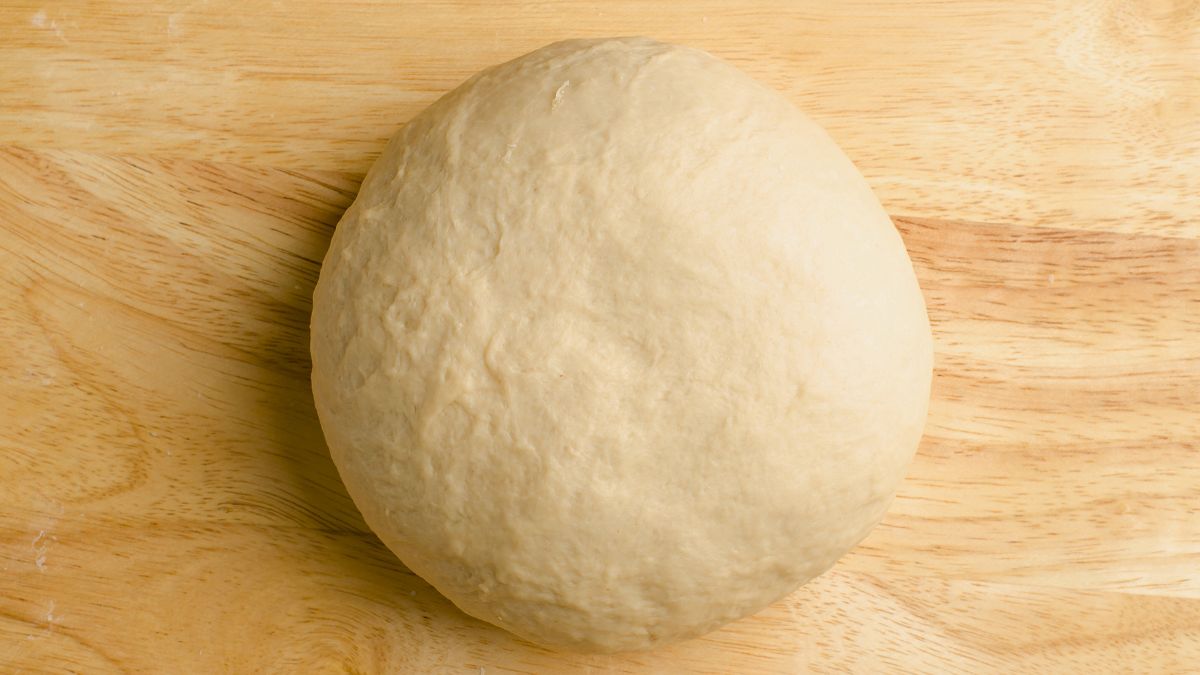
A perfect bread dough should have a smooth, elastic texture that holds its shape. As you knead the dough, it should feel slightly tacky but not stick to your hands, and when poked, it should spring back, not leave a dent. If the dough is too loose and sticky, it probably has too much butter.
If your bread dough ends up like so, don’t worry; as you have seen above, there are a few easy fixes to get the perfect consistency!
I would love to hear the story of how you saved your bread from butter doom! So, make sure you write it down in the comments below!
